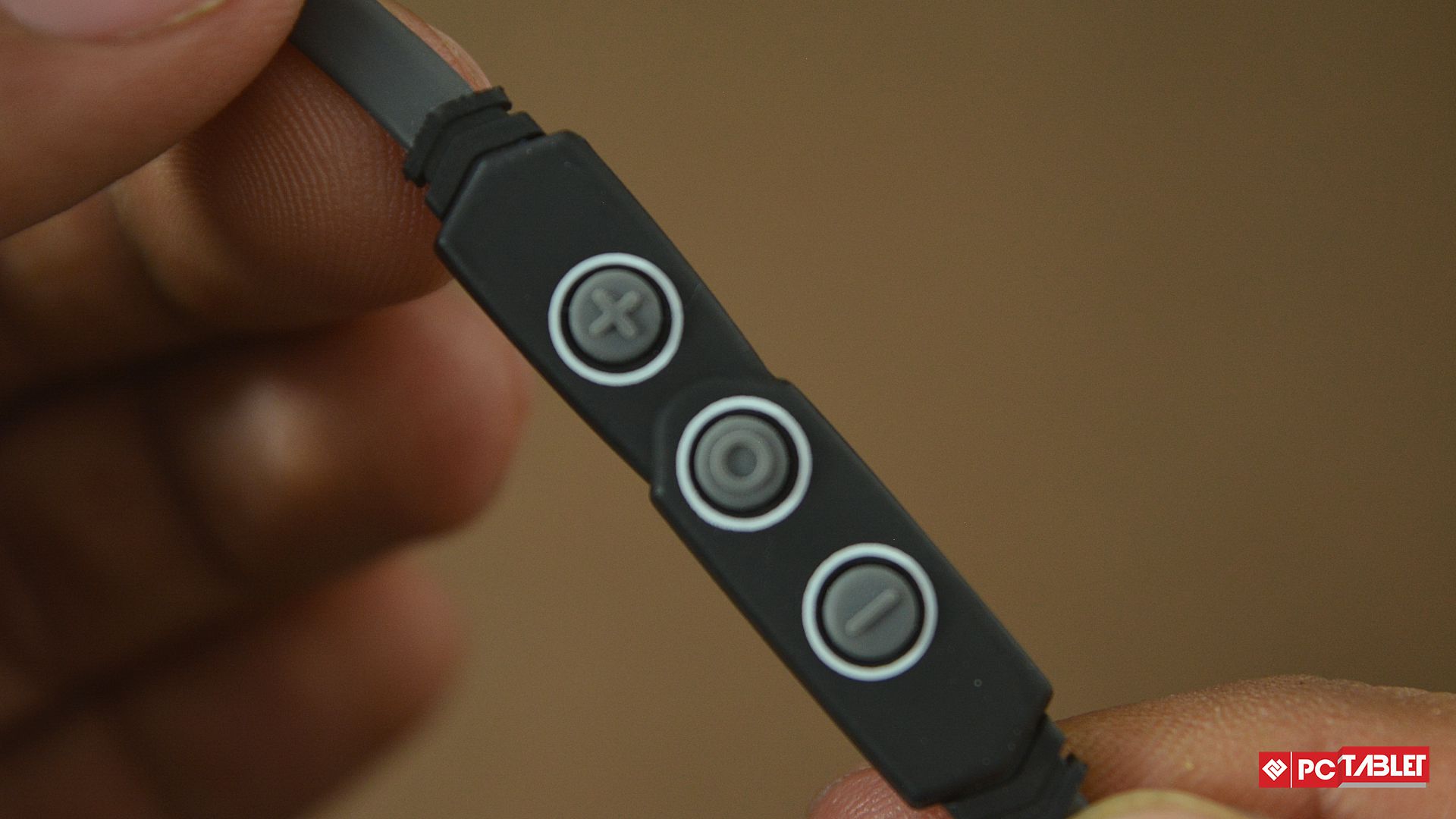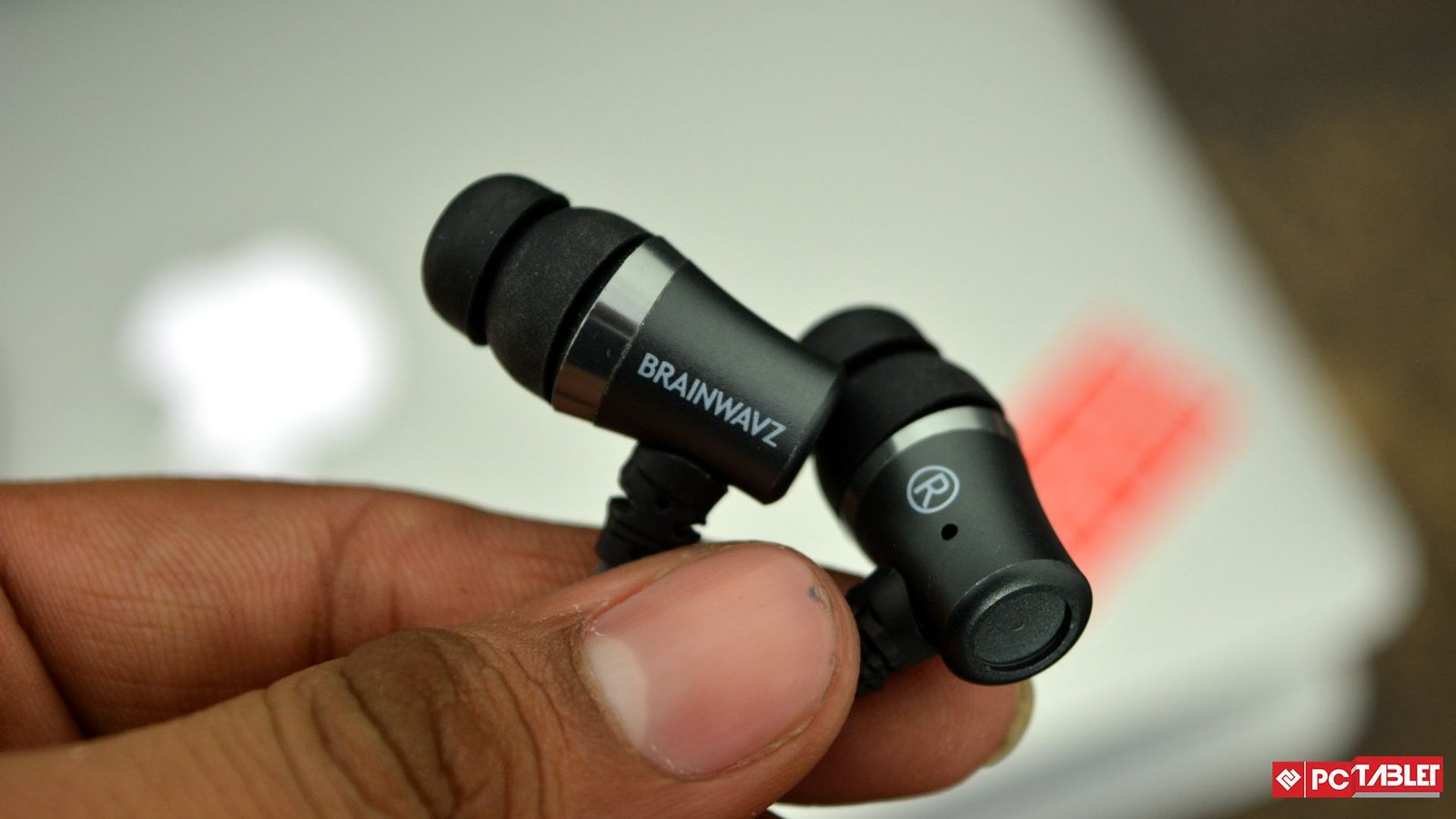Brainwavz hasn’t been around for a long time, but it has caught quite well with its more experienced counterparts like Sennheiser. I’m still swooning over the BLU-200, and now I’ve got my hands on the S1.
The thing with technology is that the moment you think you’ve got your hands on something amazing, you find something even better. It has been a month since I last used the BLU-200, and never before has it been that I haven’t come across a better device in such a long time period (in a particular price range). The Brainwavz S1 with a 10mm driver sounds promising enough to get me over it. Let’s see if it does.
Inside the box:
- Hard carrying case
- S1 earphones
- Shirt clip
- Vectro cable tie
- Small, medium and large tips
- Bi-flange and tri-flange tips
- Manual and warranty card
The signature classy black case with a red zip and a metallic Brainwavz logo never fails to tip you off about a great product in your hands. Moving in, you find the posh looking module with the control center (consisting of three buttons and a mic), and an all metal casing. Just like the BLU-200 the cable quality is supreme and not once did I face an entangling issue. Overall the earphones are extremely lightweight and easy to wrap up in a jiffy.
The wide range of tips allows you to pick the right fit. I used the bi-flange ones and not once did it feel uncomfortable or fall off (even with jaws wide open).
The buttons on the control panel are semi-functional as the volume buttons do not work with Android phones. The center button, however, functions as a call connect and disconnect controller.
Sound
With a 10mm dynamic driver, the in-ear module has better than the average reach of sound as compared to its counterparts.
Bass
This one is a bass-heavy earphone, and despite its V-shaped sound, the result is well balanced. There is no saying as to how long it will keep you engaged before your ears feel fatigued (I’ve had mixed results).
The high frequency seems a bit unstable, however, the clarity is the least bit affected. It might not be “the one” for radio but does the job.
The lower frequency splits are fairly stable. The abundance of beats in this range will catch the ear of a music lover. The bass does get a little sharp and annoying with high volumes.
Treble
The treble resistance at the time of change of notes is about average, and may cause trouble for the ones who like to listen to the likes of Rahat Fateh Ali Khan at low volume. However, the experienced with Jagjit songs. Isn’t that something!
Specs
| Drivers: | Dynamic, 10 mm |
| Rated Impedance: | 16 Ω |
| Frequency Range: | 20 Hz ~ 20 kHz |
| Sensitivity: | 93 dB at 1 mW |
| Rated Input Power: | 2 mW |
| Cable: | 1.3 m Y-Cord, Copper |
| Plug: | 3.5 mm, Gold Plated |
Pros
- Extremely lightweight and great quality build
- Comfortable
- Great with slow and mellow songs
- Comes with a very cool case
Cons
- Priced too high
- Average bass
- Not quite the one for bass or Metallica lovers
- People will want to borrow it from you
Final Thoughts
[ps_prices] Being just a teensy bit less expensive than the BLU-200, it is just a little away from the standards set by Brainwavz. However, the overall experience is ‘not so dissatisfactory’, but it would be among my first choices if I were out shopping for a “study time” IEM. Seems doubtful.
As far as the question of me moving on from the BLU-200 is concerned, the answer is no. The earphones are nice but lacks at many places.







